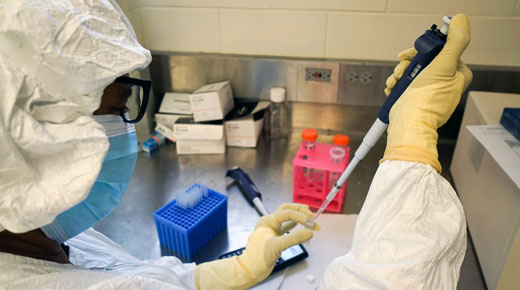During the past decade, advances in understanding of cancer biology have led to the development of targeted treatments that are more effective than the chemotherapies of the past century. These therapies are demonstrating response rates large in magnitude or response durations prolonged in early trials, or both. Patient demand to enter these trials has increased, and so have calls to expedite the drug development and approval processes, all while maintaining high standards for safety and efficacy.
|
ADVERTISEMENT |
The U.S. Food and Drug Administration (FDA) never loses sight of its dedication to patients faced with a life-threatening disease, and to making progress in the fight against cancer.
The administration works with industry, researchers, and other stakeholders developing innovative cancer therapies to ensure clear understanding of the FDA’s latest thinking on how clinical trials can be efficiently and effectively designed to demonstrate a cancer therapy’s safety and efficacy.
Last week, the FDA published a draft guidance to help advance effective and innovative clinical trial designs early in drug development to help bring new cancer therapies to patients as quickly as possible. Below is a quick summary of this guidance:
…

Add new comment